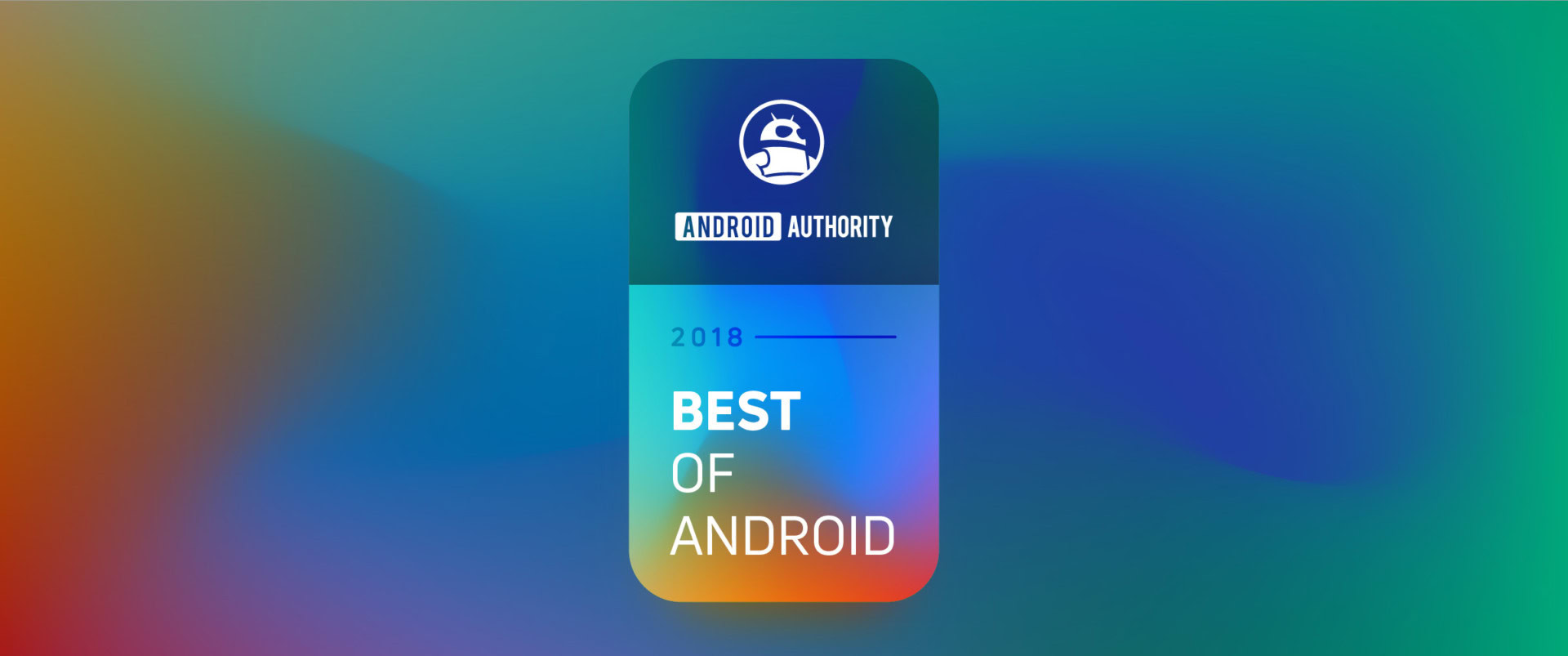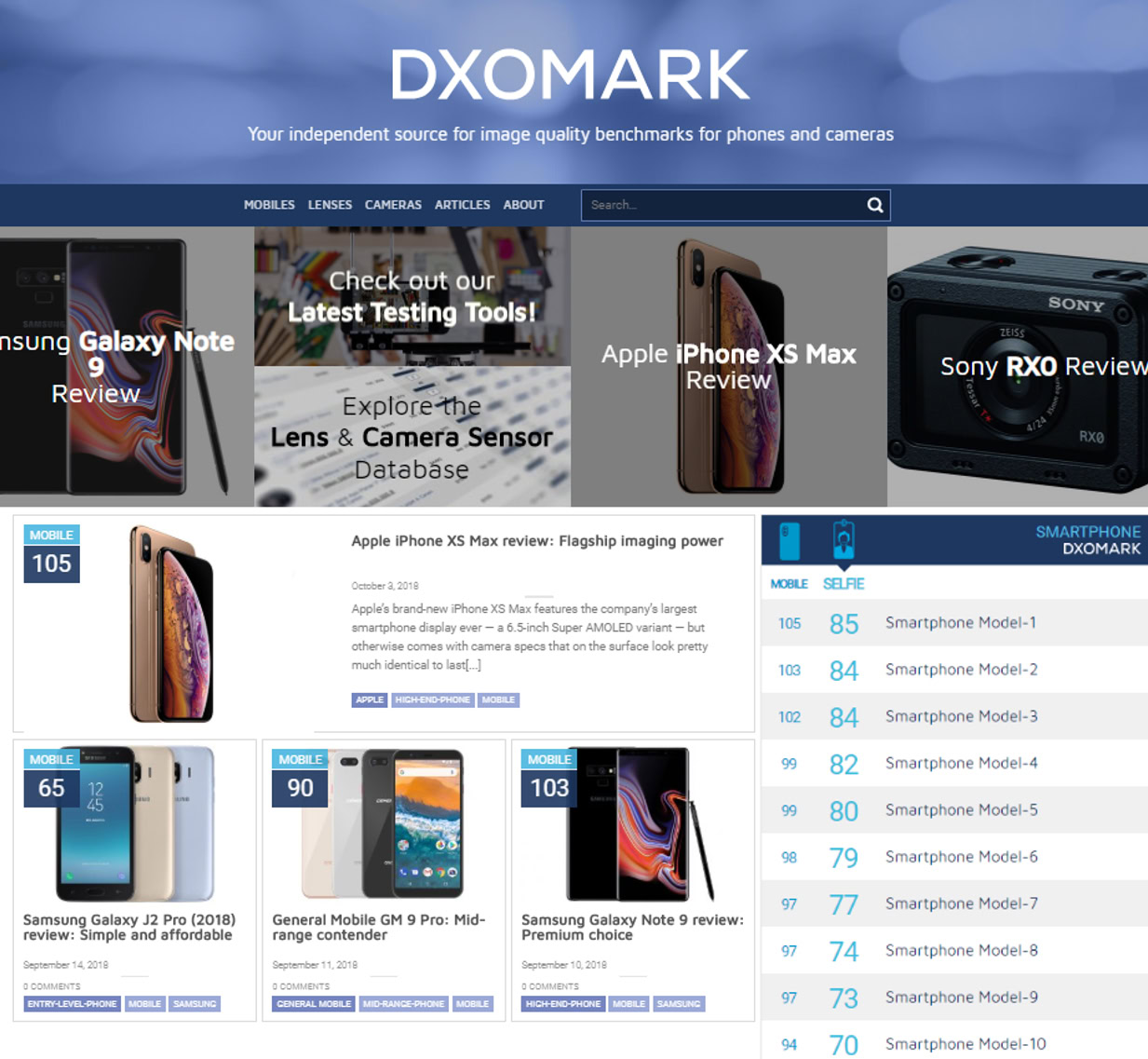Affiliate links on Android Authority may earn us a commission. Learn more.
DxOMark finally debuts selfie camera testing suite
Published onJanuary 22, 2019

DxOMark will finally test and score front-facing selfie cameras during its smartphone reviews.
By adding the new analysis and context, the French sensor testing company is hoping its new analysis will be able to better score smartphones based on how users actually use their smartphones. These scores will be published in parallel on the main DxOMark site alongside the scores for the rear-facing cameras.
This is important for many reasons, but chiefly because this type of testing is extremely rare, and almost nonexistent among objective review sites. Most selfie cameras lag behind the main cameras of smartphones, and are often omitted from testing. By adding a test protocol for the selfie camera, DxOMark is covering all the imaging sensors that smartphones owners use — and preventing readers from any nasty surprises when they shoot with their phone’s front camera.

Following a new convention than its mobile photography scoring, the selfie photo scores are built upon a large data collection including objectively collected data using test charts and scenes. Additionally, over 45 test scenes are used to analyze selfie cameras using a selection of criteria to judge the selfie cameras’ perceptual performance across the range of possible environments both indoor and out. While a full list of tests and scores isn’t available, the tests take approximately two weeks from start to finish to perform. This includes over 1,500 still images, and over two hours of video shot to arrive at two meta scores (stills, video) which are then combined for an overall score.
Among the new tests developed for the protocol include a bokeh chart, dead leaves chart for noise and detail analysis, realistic mannequins for repeatability, and an HDR portrait setup. These tests will offer a bit more context into common functions for selfie cameras. However, it’s unclear if features like Night Sight are factored into scoring — we know newer camera features might not always make the testing cut.

Assessing image quality has become harder since the advent of AI features in cameras, and the new testing protocol attempts to take this into account by examining the latest features in DxO’s intended environment. For example, the beautification modes popular on some phones alter image quality drastically, but not in the same ways from region to region. DxOMark tests this by using representative models and mannequins to ensure best results. On top of that, devices with beautification mode are assessed on how well they handle diversity, ensuring a broad cross-section of samples.
Despite both the main camera and selfie camera scores following similar conventions, both of the tests are different enough that they cannot be directly compared to one another. Still, we caution anyone to take any scores anywhere with a grain of salt. I say this, because it’s enormously difficult to create a system to meet users’ needs that is also easy to read. As someone who designed Android Authority’s objective testing and scoring for smartphone cameras, I can tell you there’s no one universal use-case for imaging products of any kind, so scoring everything along the same metrics is incredibly hairy.
Update: You can check out the new scores live on DxOMark.com.
Next: DxOMark scores shouldn’t be your definitive camera rating system